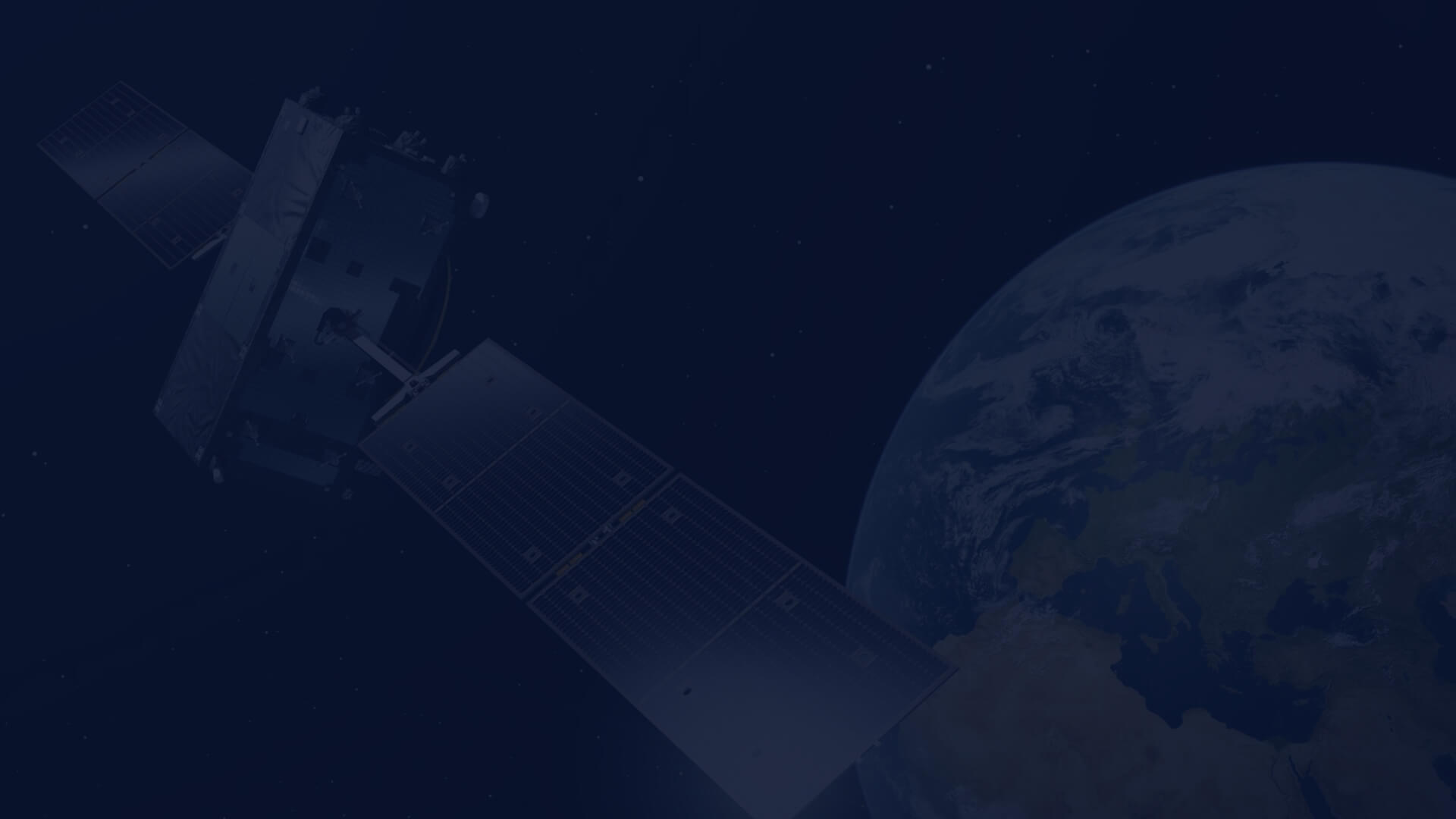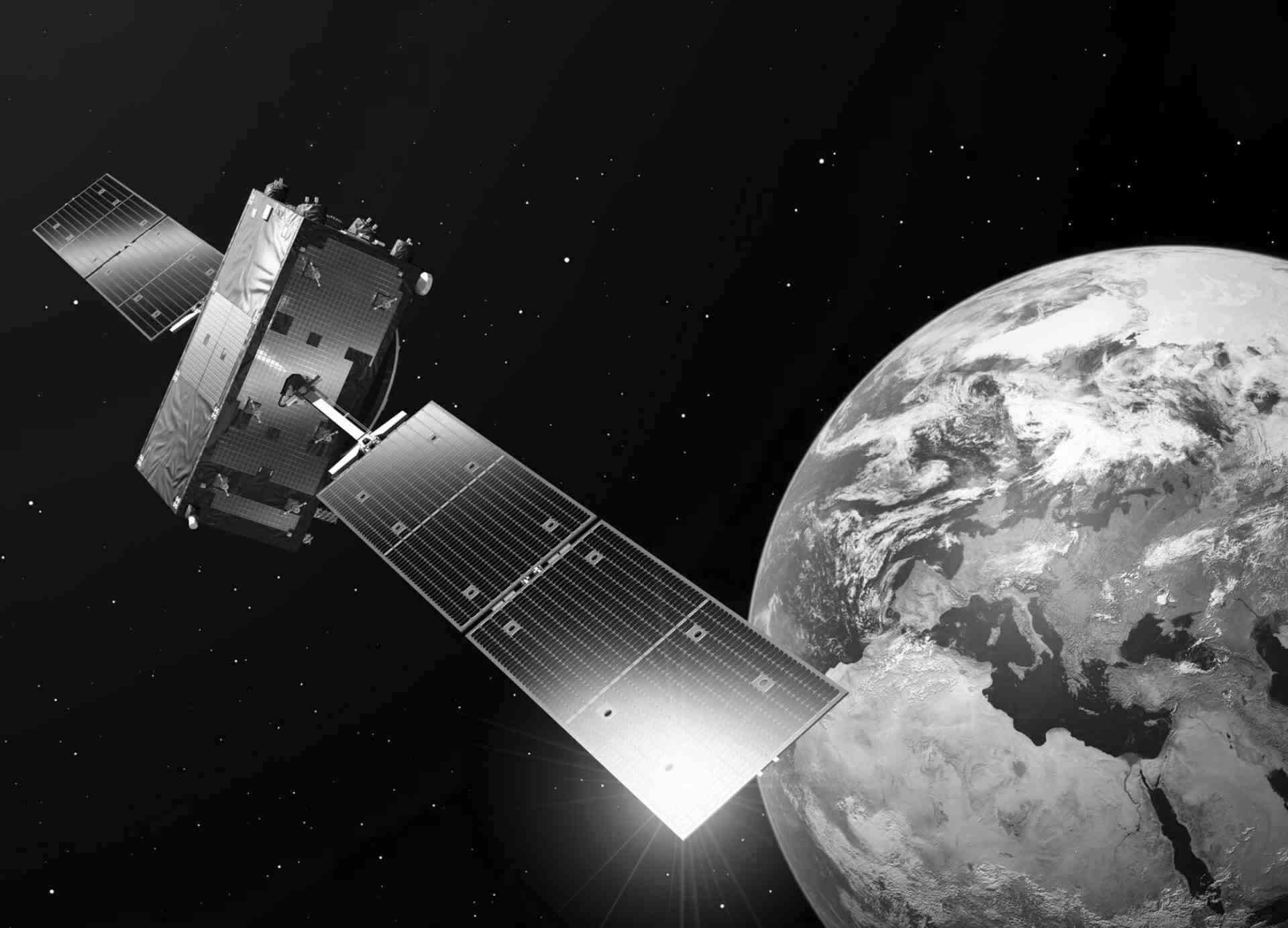NVIDIA L40S-powered VMs are now available in the CloudFerro WAW3-2 cloud region. These new virtual machines offer its users enhanced performance and are ideal for a variety of demanding workloads, including AI, machine learning, and high-performance computing.
CloudFerro offers very competitive pricing on L40S-powered VMs, ensuring that high-performance computing is accessible and affordable for all businesses. This allows our clients to maximize their budgets while benefiting from top-tier technology and performance. Contact our sales team for detailed pricing information and to learn how CloudFerro solutions can fit within your financial plans.
The NVIDIA L40S card features advanced tensor cores and CUDA cores, providing superior processing power and efficiency. Compared to the previous generation, the L40S offers significant gains in performance, including up to 2x faster AI training and 5x better inferencing capabilities. This GPU is optimized for deep learning and complex data analysis, ensuring faster computations and enhanced performance for intensive workloads. With the NVIDIA L40S, users can leverage cutting-edge technology to accelerate their applications and achieve unparalleled results in their computational projects.
In addition to L40S-powered VMs, CloudFerro also offers dedicated servers with configurations of 1, 2, 4, or 8 cores. These dedicated servers can be ordered by contacting our sales team, that will provide a tailored solution for clients requiring exclusive resources for their workloads.
To check the prices of these products, please check out the price list.
CloudFerro is now offering spot instances to the public, providing a cost-effective solution for using CloudFerro unused cloud capacity. This solution is suitable for batch processing, data analysis, and other interruptible workloads. Spot instances come at almost 70% lower price in comparison to regular on-demand instances.
Spot instances provide users with all the fundamental functionalities of regular VMs but with the proviso that the VMs can be terminated at any moment. All clients with projects deployed in the WAW3-2 cloud can run this type of VM.
If you need a larger quota than the one set now, please contact your sales representative or customer support. Spot VMs are based on AMD processors and offer high volumes of RAM in standard flavors. In the upcoming months, we plan to expand our offer by adding ARM-based and GPU-equipped flavors.
To check the prices of spot instances, please go to the price list.
We are pleased to invite you to attend a webinar where you will learn how to get started with CloudFerro cloud on CREODIAS platform.
We will show you step by step how to start using CloudFerro cloud resources, from setting up an account, to creating a cloud project, and a Virtual Machine, to managing VMs and volumes.
During the event, we will give you practical tips that will speed up your work with cloud resources. This online session will be followed by subsequent webinars that will demonstrate other technical components of CREODIAS in a practical way.
WHEN: Wednesday, 24 April 2024, 14:00-15:00 CEST
DURATION: 60 minutes
> This webinar is for you, if:
- you are using Copernicus Data Space Ecosystem and need computing power to process Earth Observation data
- you are starting your journey with CREODIAS – looking for a platform that provides an easy and immediate access to Earth Observation data, together with cloud computing for its processing
- you are looking for technical advice on how to get started with CloudFerro cloud on CREODIAS
> What you will learn:
- How to set up Virtual Machines and storage Volumes on CREODIAS, and how to use them together
- How to use Volumes
- How to set up desktop environment on Virtual Machines, and access it
Agenda
- Introduction - Marcin Białecki, Product Manager, CloudFerro
- Technical presentation - Mateusz Ślaski, Sales - Technical Support Engineer, CloudFerro
• General preparation (how to setup an account and create a cloud project)
• Virtual Machines (creation, connecting and management)
• Volumes and Virtual Machines (creating and attaching volumes on Linux)
• Volumes Management (snapshots, backups) - Q&A session
Presenters
Marcin Białecki, Product Manager, CloudFerro
Marcin is responsible for supporting customers in implementation of cloud & Earth Observation data services within CREODIAS platform. Marcin is engaging in numerous initiatives related to cooperation of European companies and institutions, such as ESA,EC,JRC.

Mateusz Ślaski, Sales - Technical Support Engineer, CloudFerro
Mateusz is responsible for supporting potential customers in using the CloudFerro infrastructure, and testing CloudFerro resources. He also participates in the implementation of proof of concept projects.

Starting May 2024, virtual machines (VMs) with L40S GPUs will be introduced in the CloudFerro WAW3-2 cloud region. These VMs offer virtualized GPUs for cost efficiency and data science configurations with up to eight L40S GPUs. They are ideal for model execution or data preparation for training.
From June 2024, VMs with up to four H100 GPUs will be available, and we will start accepting orders for servers with eight H100 GPUs. Due to the scarcity of these GPUs, we recommend contacting the CloudFerro team early to secure resources for your projects. Each VM will have dedicated access to a leading European Earth Observation Data online repository.

